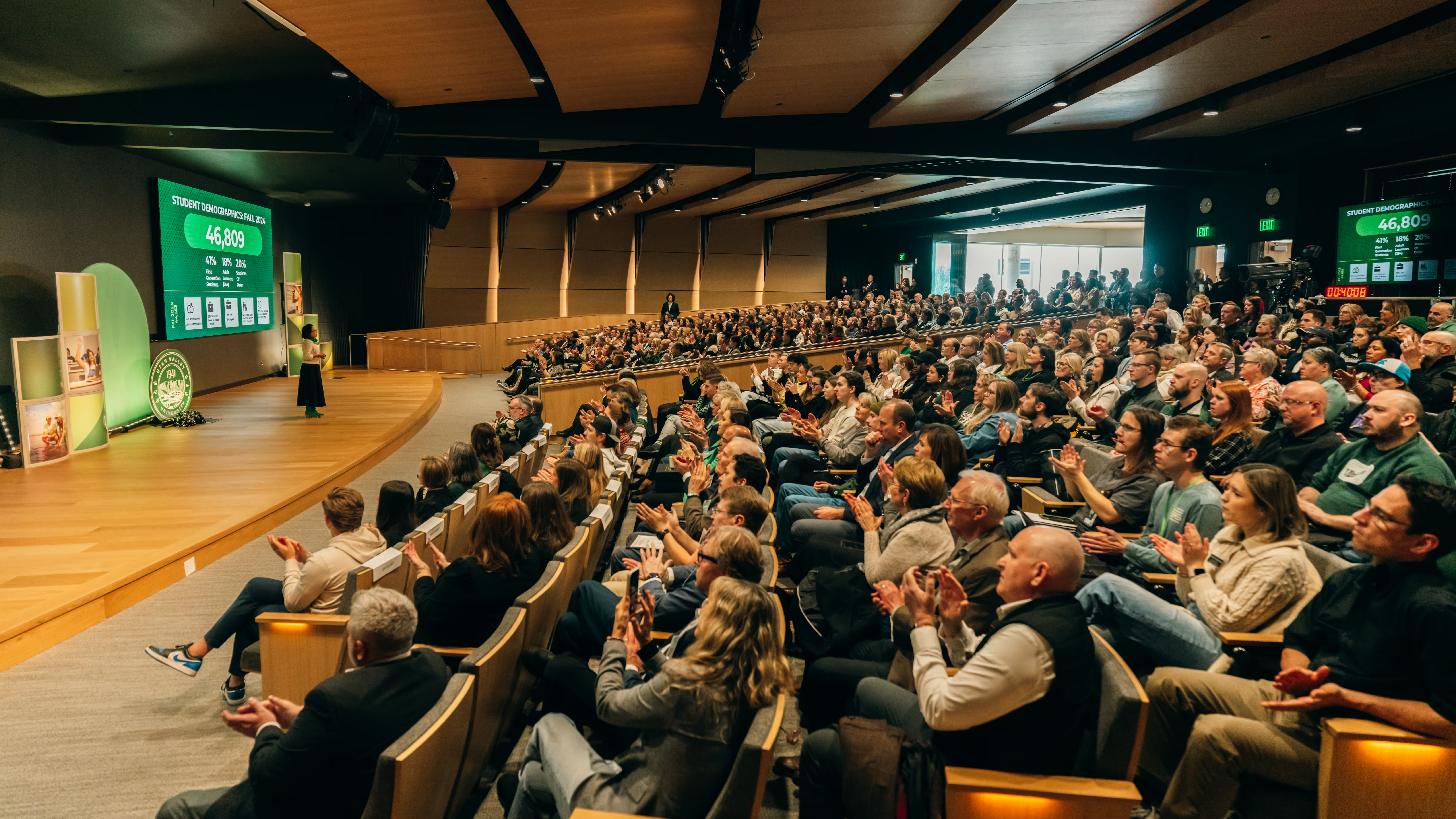
Utah County in danger of a nuclear strike? Not likely, even today. But in the late 50s, the arms race infused the entire country with a paranoia that no city ignored — not even the 2,000 citizens of Happy Valley Orem.
Solution: bomb shelters. For the local civil defense council, the most ideal places for bomb shelters were focal centers in the community. In 1956, one such place was Orem High School.
Dave Frampton, school janitor, recalls the ramifications of the Cuban missile crisis and the grim, ambiguous future people envisioned. “There weren’t intercontinental ballistic missiles yet,” explains Frampton, “so nuclear bombs were thought to be flown and dropped by planes. Then you’d have a one hour warning to find somewhere to take shelter.”
The school’s boiler room, located 30 feet underground, doubled as a shelter. The school gym also functioned as a shelter, but Frampton believes one’s chances of survival in the gym were much slimmer than in the boiler room.
Additionally, there was a vast network underground tunnels that stretched for miles and ran beneath the hallways of the school. In some places in the tunnels you could stand and in others you had to crawl your way.
Including tanks that stored 1,500 gallons of water, the boiler room stored boxes of food, sent to the city from the government, which remained there until the 80s when the civil defense council requested the boxes be thrown away.
After that, students began exploring the old tunnel system by entering through the fan room and hidden access points in floors and classrooms like the metal shop and the student council room. Stories of misadventures and even hauntings began to circulate.
Today, Orem High’s foundations are being torn down and a new school is being built in the parking lot. The boiler room will get the wrecking ball when the last of the old school is destroyed, but Frampton and his co-workers Al Collins and Mike Morgan still remember kicking students out of the tunnels and throwing out the boxes of food.
“There were gallons of stale crackers, and there was rock hard candy,” recalls Collins. Morgan also remembers a large bucket that would assumedly be used as a “public” bathroom.
Frampton admires the ambition but ultimately doubts the functionality of the elaborate precaution. At the time the shelter was built, people “didn’t have as much understanding of nuclear fallout,” says Frampton. “The most you could last in here [the boiler room] was maybe a week, but the surface would be dangerous, and people didn’t really know as much about that as we do now. It just wasn’t very well-thought out.”
It’s been years since any students have ventured into the tunnels, and the gym and some of the tunnel networks have been torn down already. A memorable part of how the 50s scare impacted Utah Valley will go with the boiler room’s demolition in June. But perhaps ill-founded paranoia will disappear with it as well. “They don’t build tunnels under schools anymore,” says Collins. “Thank goodness.”









The ones under PGHS are pretty creepy. Of coarse metal doors prevent you from venturing very far without a janitor as an escort.